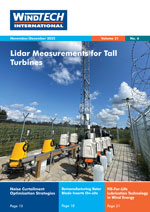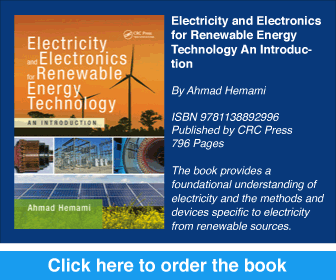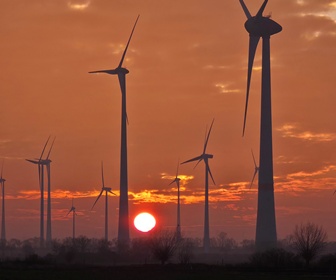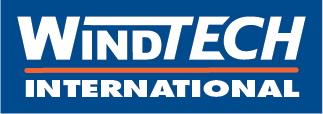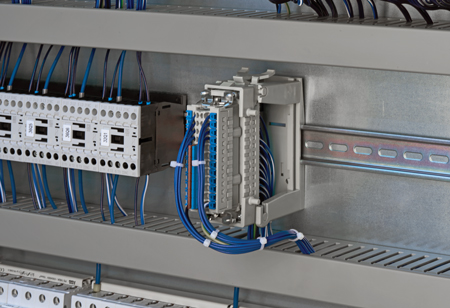 New Techniques Provide Value Chain Savings
New Techniques Provide Value Chain SavingsNew industrial connectors enable the rear mounting of interfaces for switch cabinets. Using this option, all relevant connection steps can be carried out from the inside of a cabinet. Moreover, many installation processes can be shifted to the pre-assembly stage, thus helping to save expensive technician hours in the field. The termination technique can also accelerate processing. For example, the radial cage clamp used by Han ES Press enables a tool-free connection, in addition to offering options for bridging contacts directly on the insert.
By Carsten Edler, Industry Segment Manager Wind Energy, Harting Electric, Germany



